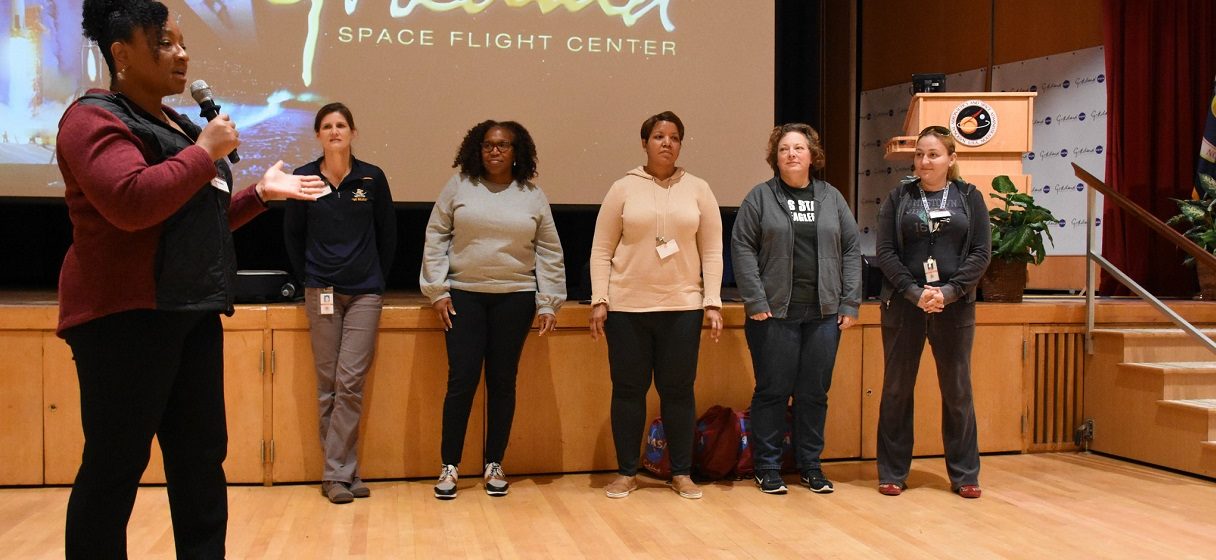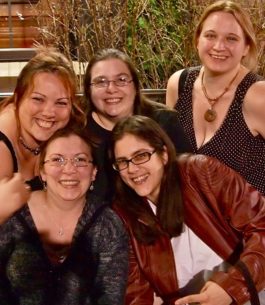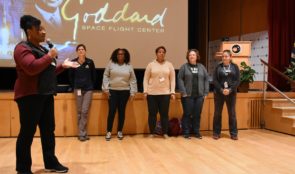With all the news swirling about Washington lately, it was easy to overlook recent news coming out of Sweden. Two women were awarded the most prestigious of prizes in science.
Dr. Frances Arnold shared this year’s Nobel Prize in chemistry for her work on enzymes, and Dr. Donna Strickland shared this year’s Nobel Prize in physics for her work on lasers. That’s the good news.
The bad news is that, of the 209 Nobel Laureates in physics, Dr. Strickland is only the third woman. Of the 177 winners in chemistry, Dr. Arnold is only the fifth woman.
These women have grit at superhuman levels. Dr. Arnold has survived breast cancer, been twice widowed, raised three sons, and lost a son to an accident. A Wikipedia page request for Dr. Strickland was reportedly denied last spring, because her work wasn’t famous enough. And, despite being a Waterloo faculty member for over 20 years and winning a number of awards (including the prestigious Cottrell Scholars Award and Alfred P. Sloan Fellowship), Dr. Strickland was not promoted to full professor — a rank that faculty typically reach after about 12 years — until last month, after she won the Nobel Prize. Her co-winner of the Nobel Prize, Dr. Gerhard Mourou? He is the star of a horrifyingly sexist video with young women in lab coats doing a striptease.
Bias against women, both subtle and overt, has long been the norm in science. Just last month, Professor Alessandro Strumia, a senior scientist at CERN (the European Organization for Nuclear Research) declared that physics was “built by men” during a talk in which he also argued that men are being systematically discriminated against in science. To CERN’s credit, repercussions were swift and unequivocal.
These overt shows of misogyny are just the tip of the iceberg.
The “small” things bombard us day in and day out.
Take for example a simple little thing like a pronoun, and the use of he/him/his when referring to a generic scientist. Any single example of using masculine-gendered language is largely inconsequential, but the cumulative effect reinforces gender stereotypes.
Kids internalize these stereotypes early on. As part of an astronomy outreach program that I direct, Dark Skies Bright Kids, we ask the children to draw a scientist on both the first and last day of each semester-long club. Predictably, their first drawings are dominated by white men in lab coats doing crazy experiments. However, the majority of volunteers with the program are women, and the kids are exposed to this gender breakdown throughout the semester. The scientist drawings at the end of the club are markedly different. In fact, as one boy was deciding what to draw, we overheard him say, “I guess most scientists are women, so I better draw a woman.” The power of role models is strong and can be damaging or empowering.
A recent study published by Kevin Flaherty, an astronomer at Williams College, shows that despite increases in the fraction of astronomy PhDs awarded to women (from 22 percent to 34 percent between 1992 and 2013), women are leaving the academic labor market at a rate three to four times higher than men. Women of color face additional challenges. According to a report released in 2015, 77 percent of African American women have to provide more evidence of competence than others to prove themselves to colleagues (known as the “Prove-It-Again” bias), compared to 64 percent of women overall.
In the 123 years since the Nobel Prizes in physics and chemistry were established, not a single African American has been awarded either prize.
Three Hispanic men have been among the recipients in physics and chemistry, but no women. Given that only 3.9 percent of physical and related scientists in the U.S. workforce are African American, and 5.1 percent are Hispanic, the lack of diversity in the top prizes is not surprising.
I have worked on many scientific research teams, ranging from projects where I was the only woman to a few in which men were the minority. My experience has been well-aligned with the study Google carried out on what makes an effective team; #1 on the list is “psychological safety,” which enables teams to “harness the power of diverse ideas.” If all team members approach a problem the same way, there is little value added. But, if everyone comes to the problem with a different perspective and background, the potential to break new ground increases.
If we’d had a more diverse set of ideas to draw from, would we be further along in curing cancer, stopping global warming, or ending starvation?
I fear that we have a long way to go before a woman winning a Nobel Prize in science isn’t newsworthy in itself. I am grateful that my children will have two new women Nobel Laureates as role models in science, but I also hate holding up these women as tokens of what is possible. I would like to know how many men have won the Nobel Prize in addition to raising three boys, being widowed (twice) and surviving cancer. But the next time I face a hardship in my career, I will ask myself, “What would Frances Arnold do?”
Kelsey Johnson is a Professor of Astronomy at the UVA and director of the Dark Skies Bright Kids Program. She is on the board of the American Astronomical Society, and vice president of the Astronomical Society of the Pacific. Johnson is a 2018 Public Voices Fellow with The OpEd Project.
Photo Credit: NASA Goddard Space Flight Center















